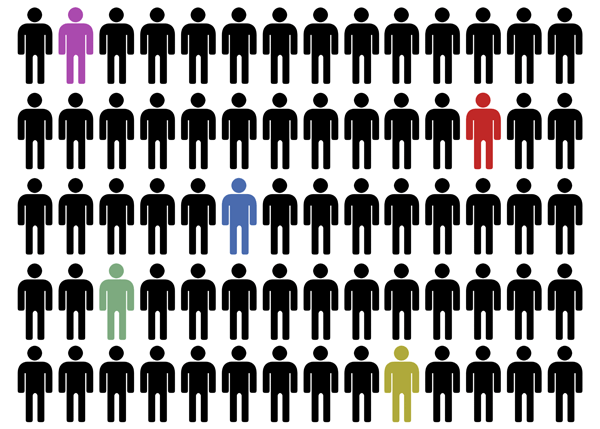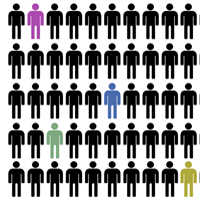Why Battle Over Advertising Attribution When Incrementality Can Win the War?

If you advertise shoes on Facebook and 100 people buy them while the ad is running, is your advertising working?
The answer, of course, depends. It depends on how much you spent on advertising versus the revenue generated from those purchases. It depends on factors like other ads on other channels, email marketing, or word of mouth that may have influenced shoppers' decisions. And most importantly, it also depends on how many sales would have occurred if you didn't advertise the shoes at all.
Marketers often overlook this "gold standard" metric of incrementality-the only way of measuring true net-new revenue generated from advertising.
Incrementality is so commonly ignored because it's always been difficult to measure and optimize. The result? A mess of attribution models that try (but fail) to paint an accurate picture of how online advertising truly pays off.

The Attribution Mess
When you take a closer look at the most common attribution models used in digital advertising today, it's easy to see how they don't measure up.
Last click attribution
Since the advent of online advertising, the industry has settled on last click attribution as a default metric.
As many have pointed out, last click (or last touch) attribution is like awarding the win to the baseball team that scored last, regardless of how many runs each team racked up throughout the game. In advertising, a consumer may have seen 15 ads, but 100 percent of the credit goes to the last one she clicked.
Multi-touch attribution
The alternative to last click is multi-touch attribution, which awards a value to each ad a consumer sees along the purchase journey. For example, a billboard might get 10 percent of the credit, a Facebook ad gets 40 percent, and the rest may be divided across search, display, email, and direct mail campaigns.
It's an imperfect measurement, of course. No buyer could ever tell you exactly how much that billboard contributed to an eventual purchase. Even with the best tools, however, multi-touch will never be a true measurement of a single ad's influence.
Refocusing on Incremental Revenue
Marketers who are trying to build complex attribution models to better understand their true ROI are fighting the wrong battle. A marketer's end goal should always be to drive new incremental (net-new) revenue.
Unfortunately, last click and multi-touch attribution can't tell you anything about incrementality.
Focusing on incrementality instead of attribution removes the frustration of trying to connect the dots in a complex consumer journey. Trying to pinpoint attribution for every single conversion is a waste of effort because if you can prove that an ad generated net-new revenue for your company, then nothing else matters.
Measuring incrementality can also reveal how much you're wasting on ads that don't contribute to your bottom line growth.
For instance, say that Consumer A and Consumer B are both in the market for a new laptop. Both have searched online and maybe even asked others on social media for recommendations. After a week goes by, Consumer A buys her laptop without ever seeing an ad for the model or brand. Consumer B buys the same laptop too, but she did see an ad. When you compare many Consumer As to many Consumer Bs, it becomes clear just how many additional laptops were sold as a result of advertising.
Of course, this isn't a new idea in marketing. If you're running an out-of-home campaign, how do you know if it's working? Since no one can click through a billboard or a TV ad, the best gauge is to look at a similar city that didn't run an out-of-home campaign. But in digital, we're spoiled with too much available data and too many proxy metrics. Cost per acquisition (CPA) or purchase rates may seem like a strong indication of efficacy, but they're not.
The upside is that digital media does let you change course when an ad campaign is performing well. So, if one ad seems to be converting more Consumer Bs than usual, you can allocate a greater share of ad spend to reaching more people like Consumer B who will generate higher incremental returns.
Summary
Marketers are often faced with an age-old challenge: "Half the money I spend on advertising is wasted; the trouble is I don't know which half." Incrementality can finally show you which half is working and which half is wasted, so you can grow revenue faster, more efficiently, and more profitably than ever.








